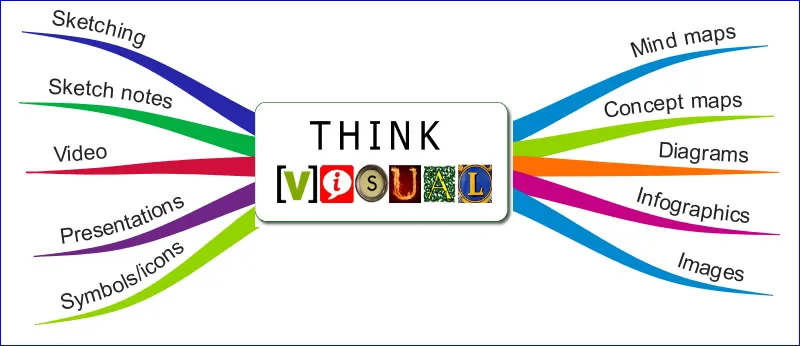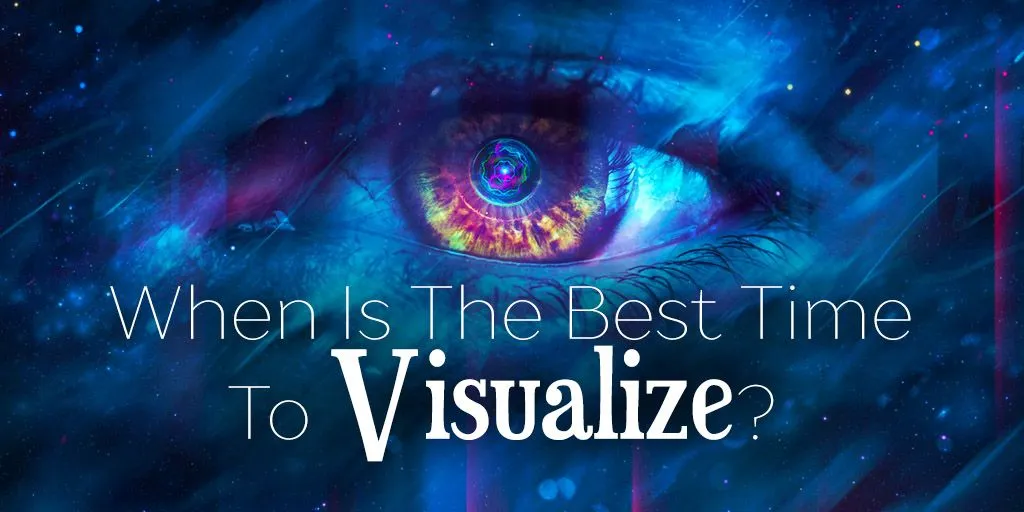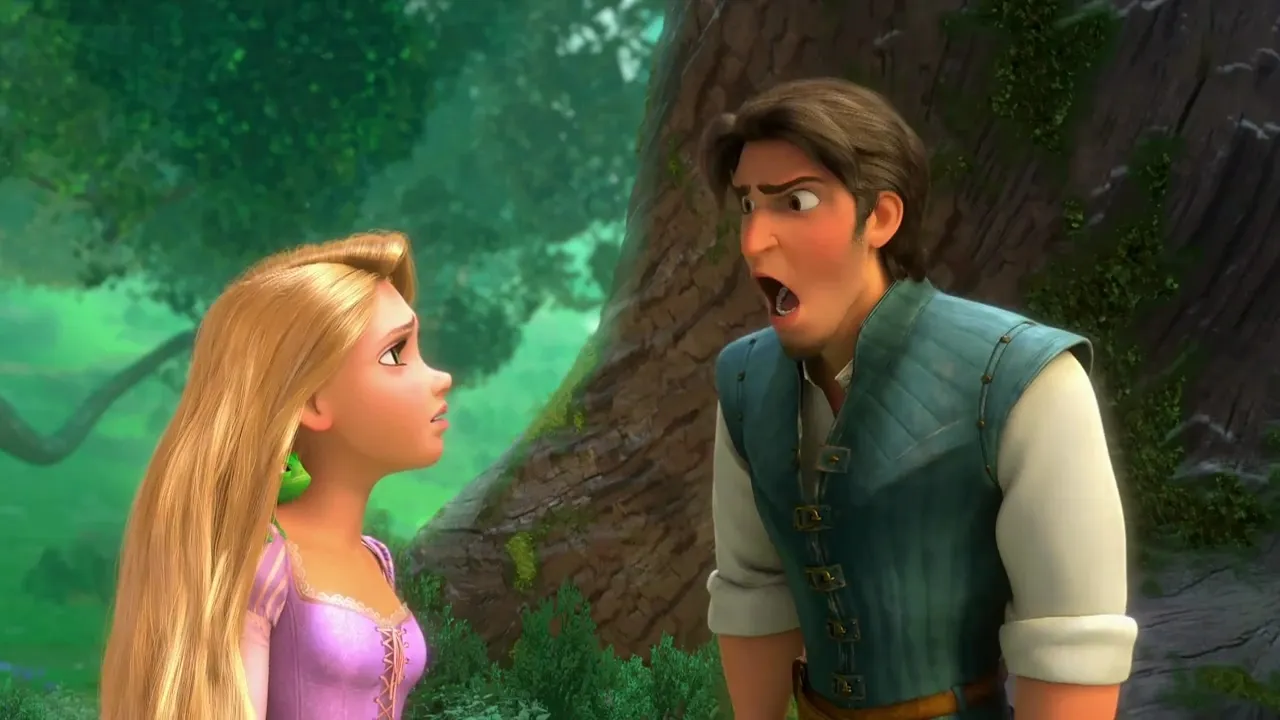The Power of the Written Word

"Wherever you write is supposed to be a little bit of a refuge, a place where you can get away from the world. The more closed in you are, the more you're forced back on your own imagination." - Stephen King
Let’s just get this out of the way from the get go. Blogging is fun, posting content on Steemit is rewarding and receiving feedback based on your unique written or verbal creation within the platform is a beautiful thing. The fact that someone has taken their precious time to go through your handiwork and formulated an opinion based upon their interpretation of it can be very gratifying indeed.
Yet with so many diverse individuals and groups within our ever expanding community, it stands to reason that one person’s interpretation of your article may differ from somebody else’s. Wildly at times, given the right subject matter. And in the case of a novelist or author who paints their images using nothing but a canvas of words, the above statement holds truer still. Sometimes, our perception of how we want the reader to feel and engage with the content we offer can be quite a tricky affair. Especially given that we as authors clearly see the narrative we wish to express but perhaps not so much from the point of view of someone reading it though for the first time.
So I thought I’d post up a few basic techniques that I use to, if anything, improve the overall flow of the narrative as well as tighten up and structure the entire piece together a little better.
Visualization to Materialization

"'Harry Potter' gave me back self respect. Harry gave me a job to do that I loved more than anything else." - J. K. Rowling
One of the most useful things I do before even beginning to write anything down is understanding what I want to convey to my target audience. What kind of images do I wish to be conjured up within the reader’s mind eye? What feelings do I want my words to invoke? Will they be seeing the same things I saw when envisioning the story for the first time. I personally believe that it the key notion in creating appealing, magnetizing narratives.
We respond to pictures; it’s been long programmed into our DNA. When we read a story, we visualise it. We watch our own personal movie of the book interpreted through the words viewed on the page. So, I try to imagine that movie beforehand, but in much finer detail and crisp clarity. The characters will be real, wearing certain attire and acting in accordance to their given personality. The environments they interact in should also be in Hi-Def detail and completely lifelike in your own conscious mind. Take the example below, for instance.
An empty cigarette packet blowing down the street, the sun’s rays shining through the clouds hovering low in the sky above, an elderly woman with a limp in her right leg crossing the quiet street ahead.
All the little details add up, they all fit together like a jigsaw to create a new world. But this world has to be as fully understood and realized for myself first and foremost. That's an important component needed to translate those images into words to the best of my ability. This allows me to describe scenes easier, talk about those characters that I’ve already witnessed in my own imagination and keep the story nicely paced as I’ll simply be reeling off sequences of events as they happen. Melding and manipulating imagery is the glue that tied all my stories together in the past and I’m sure it’ll work just fine for you too.
Sorry… Could You Give Me a Little More Detail Please?

"I deliberately keep myself apart from a lot of stuff; I don't Tweet, I don't do Facebook, I don't blog, and that's largely because I spend my working life staring at a screen and hitting a keyboard, I am trying to cut down on that, not increase it." - Ian Banks
Well, the above subtitle's concept might work well in a court of law, but within the realms of literary story-telling, can prove problematic. Descriptive writing is the most important ingredient for world-building and characterization. After all, you can liken that to the ink that decorates your background. I totally get that.
However, I find there needs to be a careful balance between the overuse of adjectives at the expense of the flow of plot. You should give just the right amount of information to allow the reader to construct the scene you are inventing for them, then let the rest of the picture fill itself in without your intervention. The human brain is a tool made for deciphering. Patterns, sequences, whatever it may be. By design, we are literally made to solve conundrums where partial snippets of information are all we have to work with. In fact, the brain is an highly-evolved organ constantly decoding stream of complex code and interpreting suitable answers. It's happening all the time. Right now even while you are reading this! And this incredible ability we possess has never been more aptly applied than in the context of reading.
Maybe that went a little too deep, but understanding our mechanics allows us to see things from an external point of view with increased awareness. Your readers do not want to be hand-held throughout the journey you are taking them on. Impart just enough descriptive elements to allow the foundation of their imagery to take form. That’s all you need to do. Given equal amounts of time to both the flow and pacing of your story and world-building, without overlapping either, will add volumes to your writing technique and finished product.
Hey… If You Got Something To Say To Him, You Better Say It To Me First

"Nobody is a villain in their own story. We're all the heroes of our own stories." - George R. R. Martin"
An issue I found when beginning to write on a lengthier scale than before was time allocation. In that, I mean to the characters in each story. I would build a solid fountain for one of the lead’s, endow them with a rich background and unique traits only to leave them hanging and come back to their narrative arc much later down the line. Needless to say, you can see that it led to numerous rewrites and juggling of the plot.
One good technique I tend to use more now is character referencing. You may have already established certain key characters in your book but need to expand on certain other ones first. Character referencing is especially more poignant when first introducing them into your story as the reader will likely forget a lot of what initially read about them and the smaller intricacies of who they are until familiarity develops further down the line.
So, as the story unfold, a conversation between two characters in the future may drop a specific name you wish to remind the reader of. Or even insert some descriptive fact associated with the character. Always keep in mind that whatever is read by someone is in fact completely retained. Every detail. It’s just gets tucked away into the subconscious, awaiting for that key reference word to manifest that memory once again. Cross referencing when writing a book or any story-based narrative can be invaluable to collating all your characters within your reader’s mind’s eye and therefore keeping interest levels piqued.
Break Down the Barriers of Printed Artistic Excellence

Well, there you have it. This is by no means an exhaustive list but a few key methods I employ to approach what I write. In fact, one of the best analogies validating my points above is when going to watch a movie.
You see the trailer, get a good idea of what’s going on but still have yet to see the finished article. Well, the day arrives when you actually go to watch it, but in that time, you’ve subconsciously imagined what you expect to see. Your favourite action heroes getting out of last-minute danger, a cliff hanger at the end where a sequel might be in store, fight scenes that you’ve longed to see on the big screen.
We imagine what the experience will be like and go to check out whether the actual finished product meets those expectations. Imagination and the human mind are technological miracles.
The power of the written word turns the cogs to unleash hidden realities. I consider that …. Real magic.

